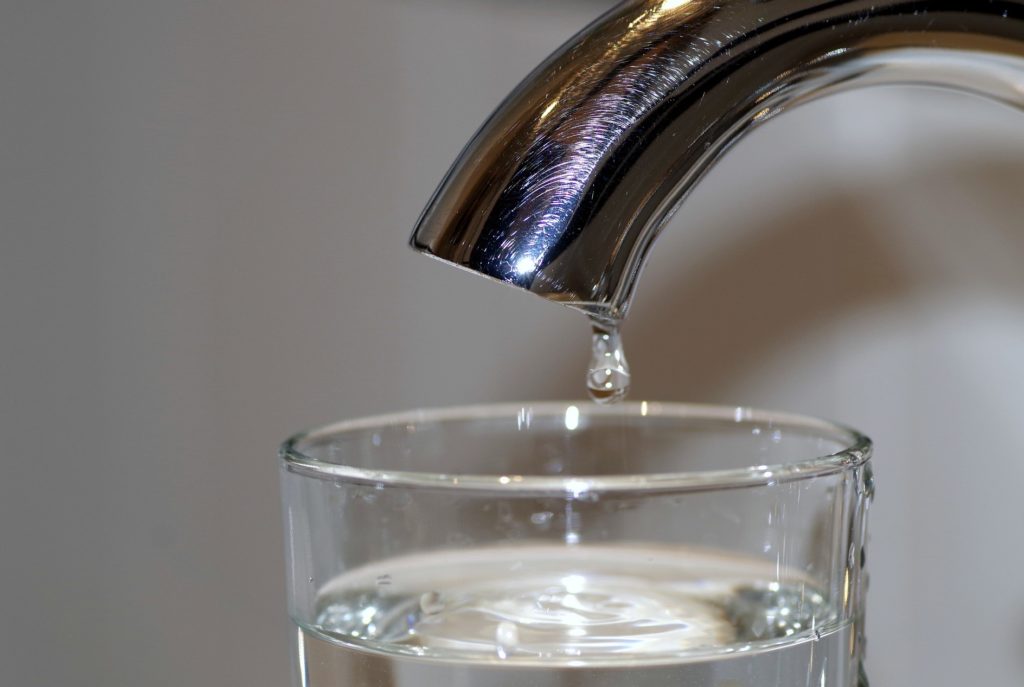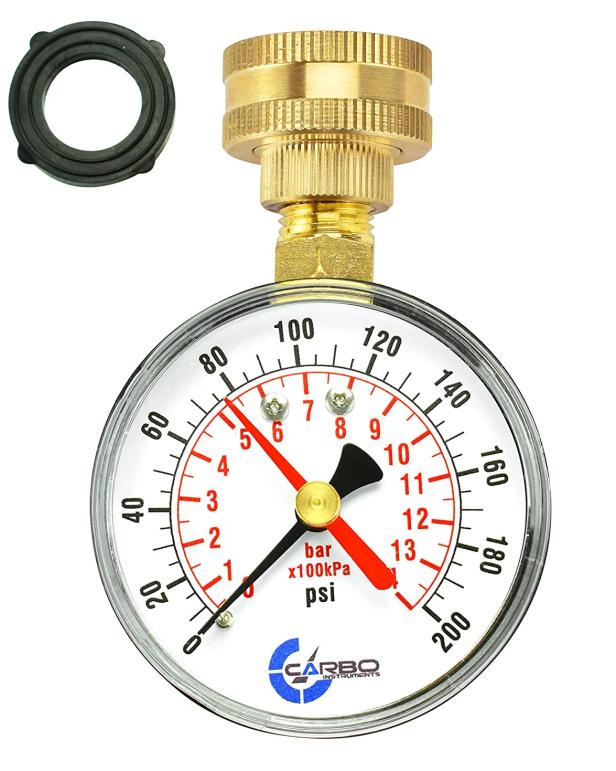What're your thoughts and feelings on 10 Reasons for Low Water Pressure in Your House?

Low water stress in your house can be an aggravating problem, affecting every little thing from showering to cleaning dishes. If you're experiencing weak water circulation, there are numerous feasible reasons and services to check out. In this overview, we'll review typical reasons for low tide stress and sensible actions to resolve the concern properly.
Intro to Low Water Stress
Low water stress takes place when the circulation of water from your faucets, showers, and various other components is weaker than usual. This can make daily jobs more tough and less efficient. Comprehending the reasons for low tide pressure is critical to locating the right remedy.
Usual Causes of Low Tide Pressure
Faulty Stress Regulators
Stress regulators are responsible for preserving constant water pressure in your house. If they malfunction, it can lead to low water pressure or uneven flow throughout your house.
Community Water System Issues
Often, the problem lies outside your home. Metropolitan water concerns, such as main line leakages or maintenance job, can briefly decrease water stress in your location.
Pipeline Obstructions
Gradually, pipelines can become blocked with natural resource, sediment, or particles, restricting the flow of water. This is a typical issue in older homes with galvanized steel pipes.
Deterioration
Deterioration within pipes can lead to leaks and decreased water stress. Corrosion buildup can restrict water flow, especially in maturing plumbing systems.
Exactly How to Diagnose Low Water Stress
Checking Pipes
Check noticeable pipelines for indications of leaks, corrosion, or clogs. Take note of any uncommon sounds, such as banging or rattling pipelines, which could suggest problems within the plumbing system.
Consulting with a Plumber
If you're incapable to identify the root cause of low water pressure, consider working with a professional plumber to carry out a thorough evaluation. They can determine underlying problems and advise ideal options.
Examining Taps and Components
Begin by evaluating the water pressure at various faucets and components throughout your home. If the issue is separated to specific locations, it may show local troubles.
DIY Solutions to Repair Low Tide Stress
Flushing Hot Water Heater
Debris accumulation in the water heater can restrict flow and minimize performance. Flushing the tank periodically helps eliminate sediment and maintain optimal efficiency.
Examining Stress Regulator
Make sure that the stress regulator is working properly. Adjusting or replacing the regulatory authority can aid restore proper water pressure throughout your home.
Cleansing Aerators and Showerheads
Natural resources can gather in aerators and showerheads, decreasing water circulation. Eliminate and clean these components on a regular basis to enhance water pressure.
Clearing Clogs in Water Lines
For small clogs, attempt utilizing a plumbing snake or chemical drain cleaner to clear obstructions in pipes. Beware when utilizing chemicals and follow security standards.
When to Call an Expert Plumber
If do it yourself initiatives stop working to solve the concern or if you believe substantial plumbing problems, it's finest to seek support from an accredited plumber. They have the knowledge and devices to deal with complex concerns securely and efficiently.
Safety Nets to Keep Water Stress
Setting Up a Stress Booster
Consider installing a stress booster pump to enhance water stress in locations with continually reduced flow. This can be especially valuable for multi-story homes or residential properties with high-demand components.
Tracking Water Usage
Bear in mind water use behaviors and prevent overtaxing the plumbing system. Simple modifications, such as shocking showers and laundry tons, can help maintain sufficient water pressure.
Regular Maintenance
Arrange regular maintenance for your plumbing system to prevent concerns such as deterioration, leaks, and blockages. Attending to small problems early can assist stay clear of even more substantial fixings later on.
Final thought
Handling low water pressure can be irritating, however determining the underlying reasons and carrying out ideal solutions can bring back optimal circulation throughout your home. Whether it's cleansing aerators, inspecting pipelines, or speaking with a plumber, taking proactive steps can ensure a steady supply of water for your day-to-day needs.
How to Fix Low Water Pressure In Your Home
Municipal Water Supply Issues
Scheduled maintenance, high demand, and water main breaks are all potential causes for low water pressure within a city or county’s water lines. While there’s not much you can do to personally fix a problem with your city or county’s water supply system, you can play a big role in documenting the issue and alerting those who can.
How to fix it:
- Ask your neighbors if they are experiencing any issues with low water pressure. If multiple homes are affected, it’s likely related to the city’s water line.
- Contact the local Water Authority to see if there is any maintenance taking place that might be affecting your supply. Also let them know of your specific issues. If other homeowners report the same issues, they’ll know that there could be a larger issue to look into.
Faulty Fixtures
A damaged or clogged shower head, faucet or appliance is the first thing we’d suggest checking, especially if low water pressure appears to be isolated to a specific area of your home.
How to fix it:
- First, turn off the main water supply to your home.
- Check the affected appliances for build-up or debris. In the case of a faucet, you can simply unscrew the aerator at the tip of the faucet. Showerheads should be fully detached from the water pipe.
- While the appliances are detached, you may want to check the water supply to determine if the fixtures were in fact the issue.
- To clean, soak the showerhead or aerator in vinegar and brush off any visible debris.
- Reattach the fixtures and check the water pressure again. If it is still low, there is likely a deeper issue at hand, which can be determined by a professional plumber.
Pipe Obstructions
Mineral deposits, rust or other debris within water pipes can lead to blockages or corrosion over time.
How to fix it:
When you think of a clog, you probably think of a drain clog. While there are many DIY solutions to clearing a drain, clogs in a water pipe will almost always require the help of a professional plumber. A plumber will be able to locate the affected pipe and clean out any debris or mineral deposit buildup. In severe cases, the pipe may need to be replaced. Your plumber might also recommend a water softening system to remove the minerals from your home’s water supply that can contribute to pipe blockages over time.
Plumbing Leak
Undetected water line leaks can divert water away from your residential pipes, reducing the water pressure in your fixtures.
How to fix it:
- Check your water meter by turning off all water sources and monitoring the meter for any movement, which could be a clear indicator of a potential leak.
- Check all visible pipes for signs of leaking, including water stains, active dripping or damp spots around the pipe.
- Inspect fixtures, including faucets and showerheads, for any drips.
- Test the pressure but recording the pressure with the main water valve shut off. Leave off for a few hours and test again. A significant drop in pressure is a clear sign of a leak.
https://kiddcoplumbing.com/plumbing-blog/how-to-fix-low-water-pressure/

I was shown that editorial on 10 Reasons for Low Water Pressure in Your House from someone on our other site. Those who enjoyed our blog posting kindly do not forget to share it. We value reading our article about .
View
Comments on “Useful Strategies for Handling Low Water Pressure in Your Home”